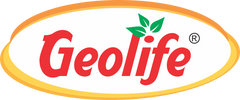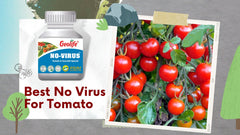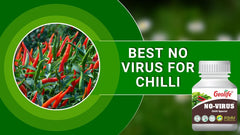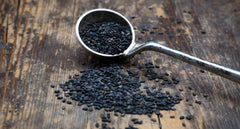According to the USDA, seedlings should be fed phosphate-rich fertilisers. Phosphorus is an essential component of photosynthesis and promotes root development. The ratios of nitrogen, phosphorous, and potassium on fertiliser labels are written as 1-2-1. A liquid or water-soluble fertiliser is the easiest and quickest method for providing seedlings with the necessary nutrients. You must choose for yourself whether to use natural or synthetic fertiliser.
If you are using synthetic fertiliser, you should feed your seedlings weekly. However, it is often advisable to halve the instructions on the label. If too much fertiliser is used, it can quickly burn young seedlings. Typically, a fifth of the amount indicated for mature plants is sufficient for seedlings. Using our Geolife Nano Fert 19:19:19, your seedlings will develop more rapidly.
There are several liquid organic fertilisers on the market, however they can be difficult to locate. Feed your seedlings a combination of fish and kelp emulsion to prevent them from catching fire. Once a week, as you would with synthetic fertiliser, feed your seedlings organic food. Unless the substance is specifically labelled for use on seedlings, it should be diluted by at least half. Instead of applying excessive amounts of fertiliser to your seedlings all at once, you should feed them daily. Geolife Nanomeal Start is a viable solution for tiny seeds.
Organic fertiliser in granular form is another method for amending potting soil. When their seedlings are ready to move from their beginning pots to larger pots, many gardeners do this. Because nutrients are delivered slowly over time and have an effect on plants, granular fertiliser is superior for sowing seeds. Ensure that it is placed at the bottom of the potting mix, away from the seeds. If too much organic fertiliser is used, it could cause a fire. If you are still unsure, try the Complete Nutrition for Vegetative Stage Combo Offer.





